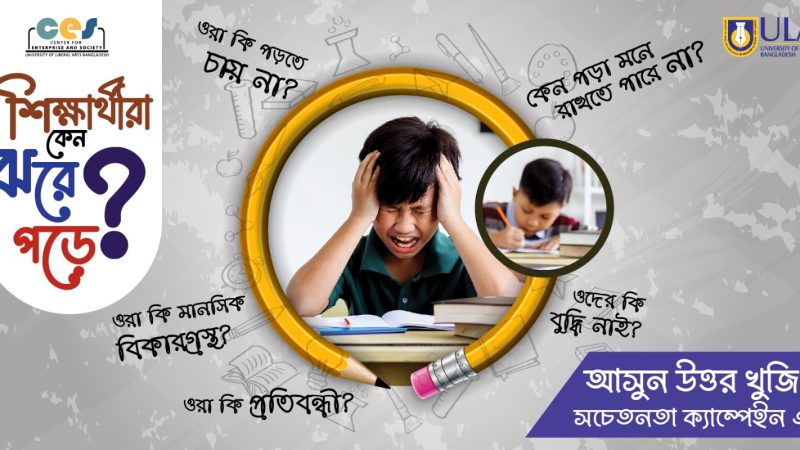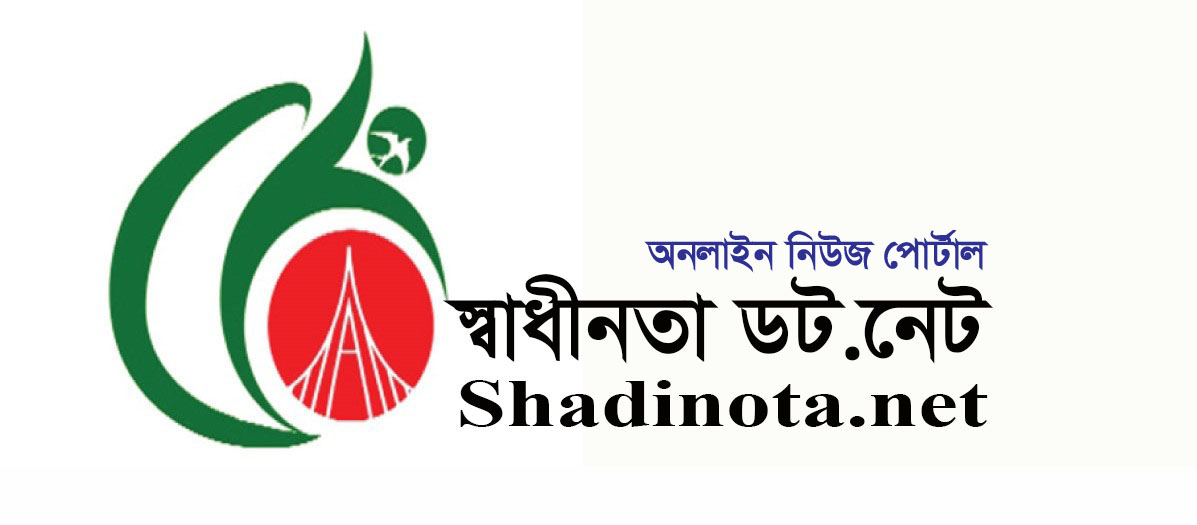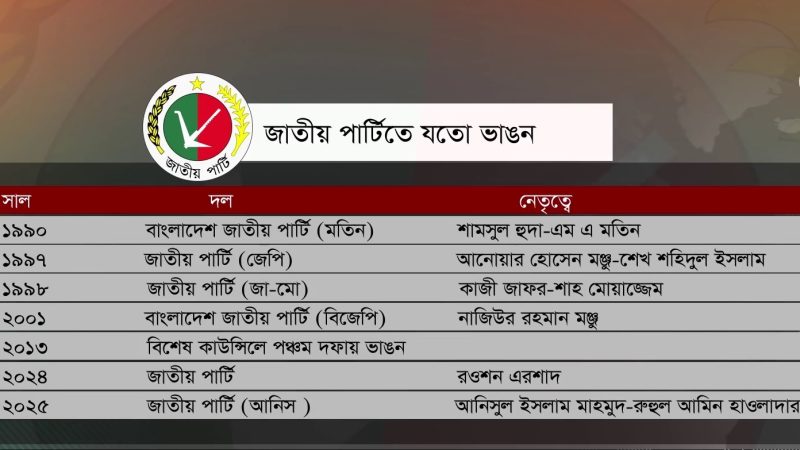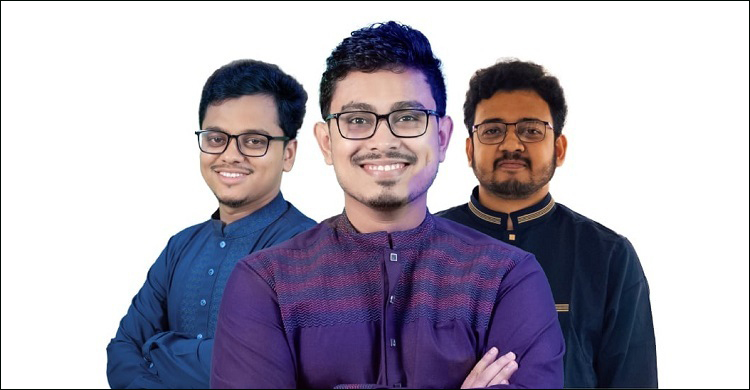Accepting Learning Diversity: promoting social and Educational Inclusion
- আপডেট সময় : সোমবার, ২৮ আগস্ট, ২০২৩
- ২৪২ বার পঠিত


There are many students in our society who struggle to cope up with their learning and academic environment. No matter how much effort they put, their academic progress is impeded, hampered or derailed by Learning Disabilities (LD) over which they have no control. Eventually, they often fall behind their peers and sometimes drop out from school.
Learning Disabilities (LD) are pronounced difficulties in specific areas like reading, writing, mathematics, analytical and logical reasoning, language and communication that lead many students to fall behind their peers. Although many subtypes of LD are noted, three are most frequently observed. The most prominent type is dyslexia that is characterized by difficulties in reading, understanding phonics and alphabet, spelling, telling rhymes and stories and so on. Dysgraphia is characterized by difficulties in handwriting, maintaining margins and spaces, drawing etc. Dyscalculia exhibits difficulties in math skills, number concepts, counting, calculation, using money, mobile number and so on.
In general, there are some common features of LD that can be noticed in young students when they start going to school. They may exhibit remarkable developmental delays, speech and language delays or deficits, difficulty understanding different concepts like color, time, place, money, shape, height, distance, amount etc., tendency to avoid schools and school activities, obtaining poor marks in exam, being inattentive in class and/or during reading, tendency to forget even simple information, taking longer time while doing homework, asking for help frequently during homework, tendency to avoid playing with peers and other social interaction. They may exhibit negative psychological and behavioral signs resulting from their poor academic performances. These signs and symptoms help us assume LD in children at early ages and determine whether to seek any help.
Although no specific cause of LD is strongly determined till date, complications in both structural and functional development of children’s brain cannot be ignored. Several factors affect typical development of the brain. Common factors include genetic and inherited cause. In addition, maternal complications including malnutrition, certain disease, medication, smoking, alcohol consumption, radiation exposure like X-ray play role. Furthermore, neonatal and childhood complications including premature birth, low birth weight, neonatal hypoxia, jaundice, convulsion, malnutrition, pollutions, lack of interaction with communicative environment and longer smartphone screen time negatively influence LD.
LD can be assessed and managed by multidisciplinary team of professionals. Teachers, special educators, psychologists, child development experts, speech and language therapists, social workers, and school administration generally plan and coordinate to facilitate an individual student. Parents and family members also play role in decision making. Furthermore, people surrounding a student with LD should act positively to ensure proper quality of his/her life and wellbeing.
Teachers and parents should know the basic information about LD so that they can take appropriate and timely attempts to manage issues. Unfortunately, however, most of the teachers and family members are less likely to understand the issues with these students in Bangladesh. They often have wrong perceptions like “What’s wrong with him/her?”, “Why doesn’t s/he try harder or pay attention?”, “S/he might be mentally retarded, slow, stupid, dull, unmotivated” and so on. Furthermore, despite their average or above average intellect and academic hardship, they face different physical and psychological negative treatments including bullying, harassments, mockery and others. Besides their low self-esteem and confidence due to falling behind at school, negative treatment of surrounding people leads them to diverse psychological issues (e.g., depression, anxiety), drop out from schools, unemployment, deprived from relationships, exclusion from significant social-economical role and even suicide.
The LD issue is unnoticed by most of the people in Bangladesh only due to lack of proper knowledge and awareness. These students may suffer discrimination even more than some recognized disabilities like visual and physical disabilities, autism and other neurodevelopmental disabilities. Whereas most people, professionals, schools and organizations come forward to help many other prominent disabilities, LD is the most deprived case that these people do not even know the reason why students fail in exams and other performances.
Social and educational inclusion of these students through necessary support and care is paramount. Our society should stand against discriminatory and intolerable activities towards students. An awareness campaign to promote inclusion of students with LD is currently being organized as a part of fellowship program by Center for Enterprise and Society, a concern of University of Liberal Arts Bangladesh. Such attempts should be mobilized throughout the whole country. Government and NGOs should work together. Everyone should come forward to spreading knowledge and awareness, towards accepting learning diversity.
Md. Mutiul Islam
Fellow, Center for Enterprise and Society
University of Liberal Arts Bangladesh
And
Research Associate, Mother Language Pedia
International Mother Language Institute























Leave a Reply